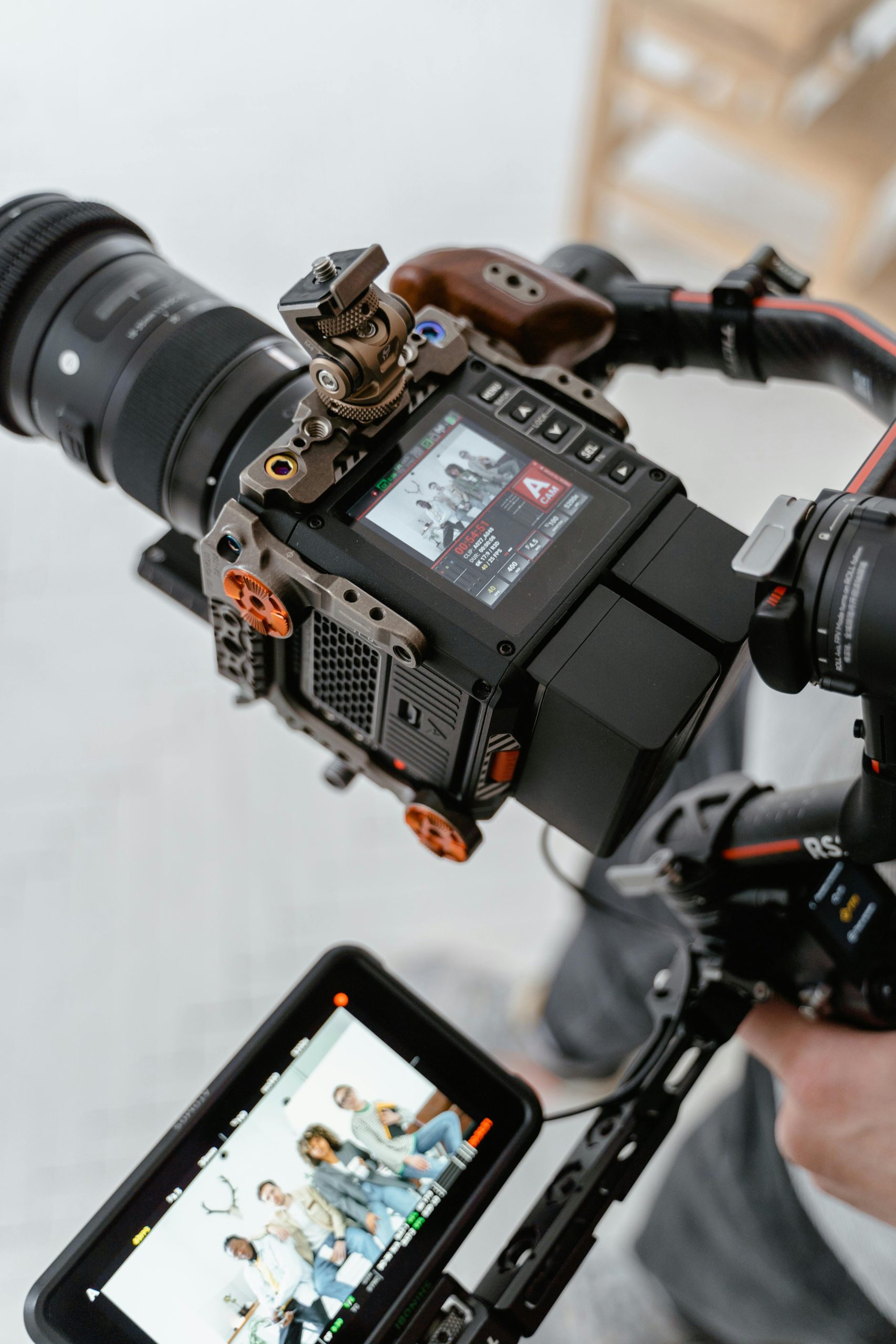Visualization is a powerful mental tool that can help you achieve success and reach your goals. By creating vivid mental images of your desired outcomes, you train your brain to recognize opportunities, build confidence, and stay motivated. Whether you’re aiming for career growth, personal development, or athletic performance, visualization techniques can be a game-changer. In this article, we’ll explore some of the most effective visualization strategies to help you turn your dreams into reality.
1. The Science Behind Visualization
Visualization isn’t just wishful thinking—it’s backed by neuroscience. When you visualize a goal, your brain activates the same neural pathways as it would if you were physically performing the action. This mental rehearsal strengthens your focus, improves performance, and primes your subconscious mind to seek out opportunities aligned with your vision.
How It Works
Studies in sports psychology have shown that athletes who visualize their routines perform better under pressure. Similarly, professionals who mentally rehearse presentations or negotiations often experience greater success. The key is consistency—regular visualization reinforces positive neural connections, making your goals feel more attainable.
The Role of Emotions
Effective visualization isn’t just about seeing an image—it’s about feeling it. When you engage your emotions, your brain releases neurotransmitters like dopamine, which reinforces motivation. Imagine not just the outcome but the joy, pride, or excitement you’ll feel when you achieve it.
2. Guided Visualization Techniques
Guided visualization involves structured exercises to help you create detailed mental images of your goals. Here are some techniques to try:
Future Self Visualization
Close your eyes and picture your ideal future self. What does success look like? Where are you? How do you carry yourself? Engage all your senses—smell the environment, hear the sounds, and feel the emotions of accomplishment. This exercise helps solidify your aspirations.
Process Visualization
Instead of just focusing on the end result, visualize the steps needed to get there. For example, if you’re training for a marathon, imagine yourself waking up early, lacing your shoes, and pushing through each mile. This builds discipline and prepares you for challenges.
Vision Boards
A vision board is a tangible form of visualization. Collect images, quotes, and symbols that represent your goals and arrange them on a board. Place it somewhere visible to reinforce your aspirations daily.
3. Daily Visualization Practices
To make visualization a habit, integrate it into your daily routine. Here’s how:
Morning Visualization
Start your day by visualizing your goals. Spend 5-10 minutes in a quiet space, picturing your desired outcomes. This sets a positive tone for the day and aligns your actions with your vision.
Evening Reflection
Before bed, reflect on your progress and visualize the next steps. This helps your subconscious mind process your goals while you sleep, leading to creative insights and problem-solving.
Affirmations and Visualization
Combine visualization with positive affirmations. For example, say, “I am confident and successful,” while picturing yourself excelling in a meeting. This reinforces belief in your abilities.
4. Overcoming Common Visualization Challenges
While visualization is powerful, some people struggle with consistency or doubt. Here’s how to overcome common obstacles:
Lack of Clarity
If your goals feel vague, break them into smaller, specific milestones. Instead of visualizing “success,” picture completing a project or hitting a sales target. The clearer the image, the more effective the practice.
Negative Self-Talk
Self-doubt can undermine visualization. Counter negative thoughts by focusing on past successes and reminding yourself of your capabilities. Over time, this builds confidence.
Inconsistency
Like any skill, visualization requires practice. Set reminders or pair it with an existing habit, like morning coffee, to ensure regularity.
5. Real-Life Success Stories
Many high achievers credit visualization for their success. For example:
- Oprah Winfrey visualized her talk show success long before it became a reality.
- Michael Phelps used mental rehearsal to prepare for Olympic races, imagining every stroke and turn.
- Jim Carrey wrote himself a check for $10 million for “acting services rendered” and visualized it years before achieving fame.
These examples show that visualization isn’t just theoretical—it’s a practical tool used by top performers across fields.
Conclusion
Visualization is a proven technique to help you achieve success and reach your goals. By engaging your mind, emotions, and senses, you create a roadmap for your subconscious to follow. Whether through guided exercises, daily practices, or overcoming challenges, consistent visualization can transform your aspirations into reality. Start small, stay committed, and watch as your mental images begin to shape your future.
